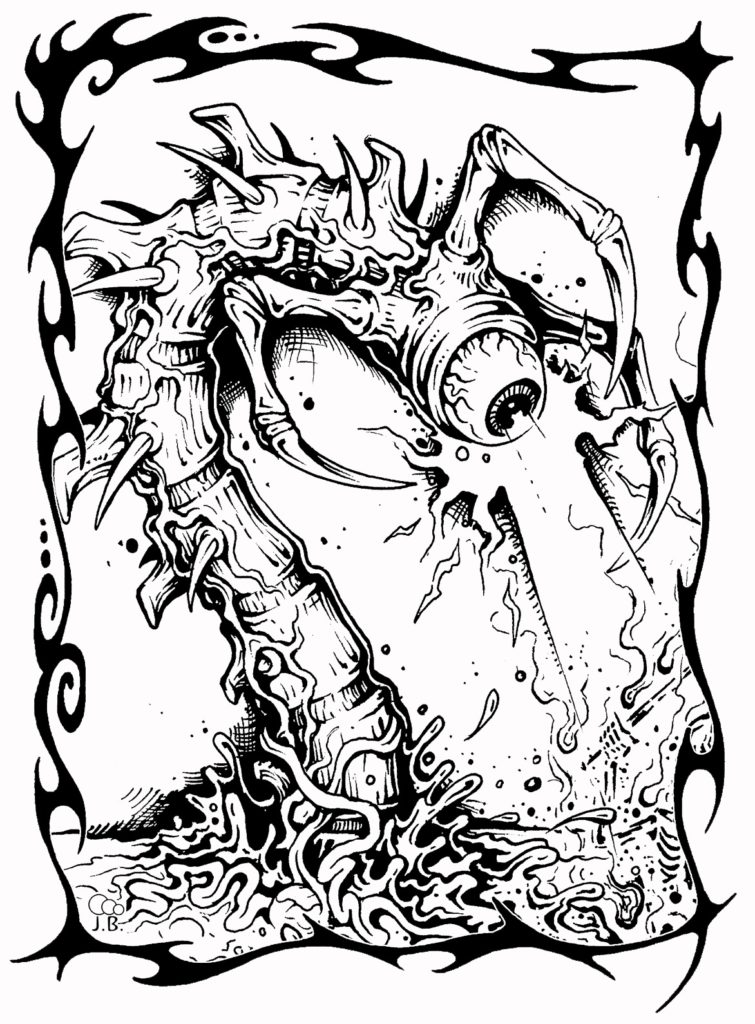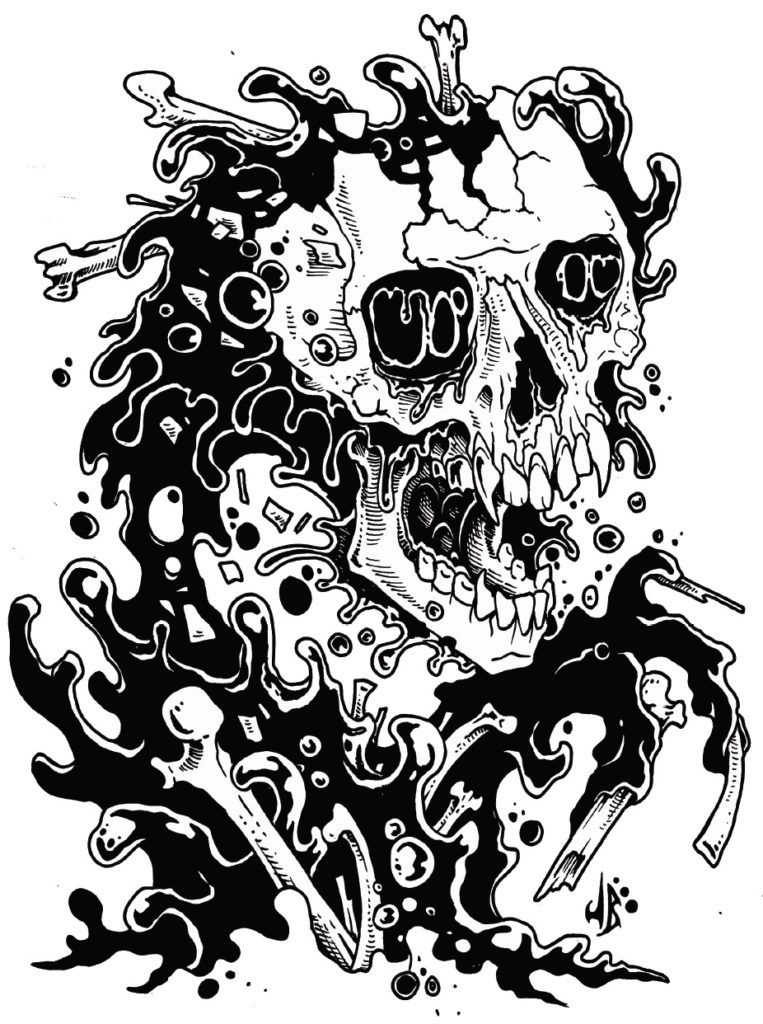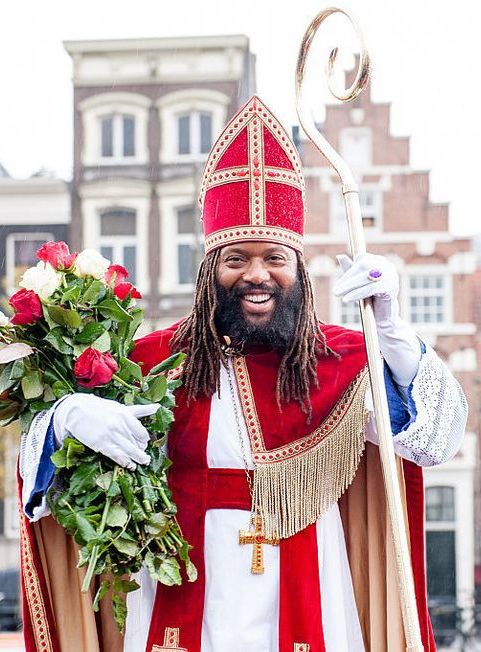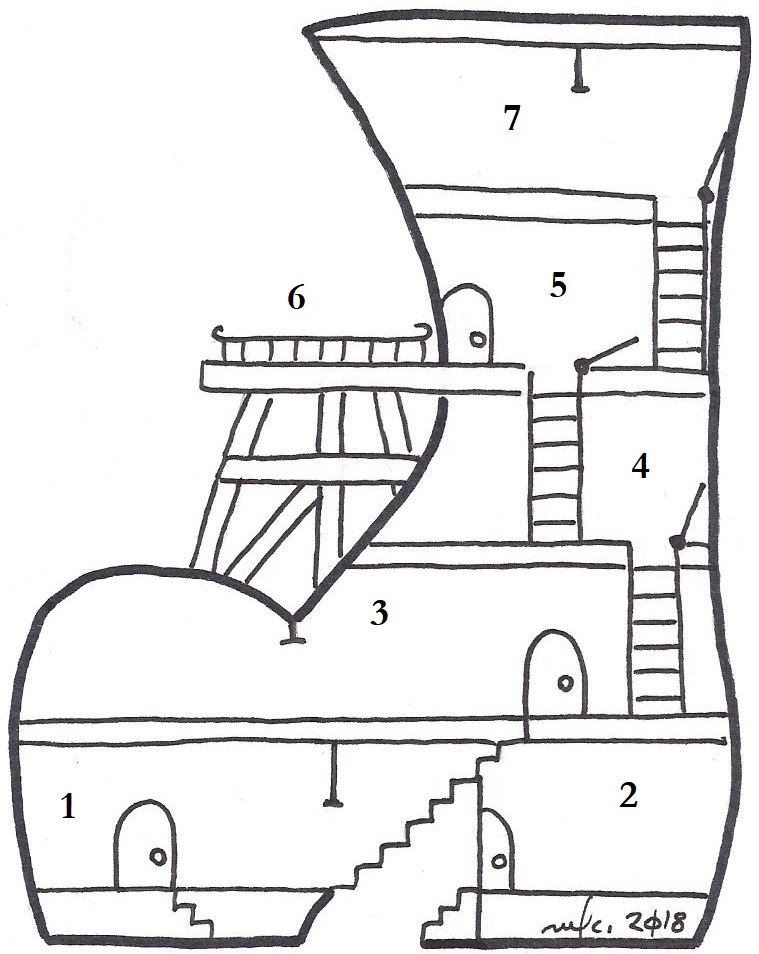For Gold & Glory
Merry Christmas!
A few weeks ago I asked the Interwebz if there were any retro-clones of 2E AD&D. After weeding through the answers that didn’t go with my question, I discovered For Gold & Glory (FG&G hereafter) from God Emperor Games. I downloaded the PDF for the most reasonable price of $0. I’ve not given it a detailed read yet, but I like what I’ve skimmed.
FG&G is recognizably 2E AD&D, but it’s been streamlined, condensed a bit, and clarified. If your curious, click over via the link above. (Nota Bene: That link is an affiliate link.) There’s a 20-page preview available. The rules cover character creation and advancement, combat (including THAC0), skills (the FG&G term for proficiencies), and other player topics.
There are also sections for the DM covering magic items and monsters. The bestiary starts with aerial servant and ends with zombie. Along the way, you meet some familiar faces with new names: the corpse ravager (carrion crawler), gazer (beholder), and tunnel lurk (umber hulk). The PDF comes in at 384 pages from virtual cover to virtual cover with art drawn from public domain sources, mostly paintings that one might find hanging in museums.
If I were to start up a 2E AD&D campaign, each player having a copy of FG&G would suffice quite well. One can get the PDF and a black-and-white softcover book for about $11, or $15 for the hardcover. That’s a good price. Books with color art cost more, of course, depending on whether the color is standard or premium (whatever that means).
From what I’ve read, FG&G conforms so closely to 2E AD&D that all of my 2E AD&D stuff would work quite well with FG&G without modification. Since 2E AD&D was pretty close to 1E AD&D, that opens up a lot more of my old stuff for use as well.
I opened up another drawer in that virtual treasure chest of stock art from Aegis Studios that I purchased. Today’s monster is written up for FG&G with another piece of art by Jack Badashski, found in Necrobyss Stock Art #1. (Nota Bene: That’s also an affiliate link.)
Xinjirow
Climate/Terrain: Tropical land
Frequency: Rare
Number Appearing: 2d4
Organization: Nest
Activity Cycle: Night
Intelligence: 3-5
Treasure: B
Alignment: Neutral evil
Armor Class: 2 body, 7 eye
Movement: 9, burrow 6
Hit Dice: 8 (36 hp)
THACO: 11
Attack: 3 claws 2d6
Saving Throws: Fighter 8
Special Traits: Eye blast, surprise
Magic Resistance: None
Size: Huge (about 20′ long)
Morale: 12
Experience: 2,000
With its chitinous plates, spines, three segmented appendages ending in bony claws, and single massive eye, the xinjirow looks as if it squirmed from a nightmare into the waking world. The xinjirow burrows through the rich soil of tropical lands, using its spines to detect vibrations as well as to push it through the earth. When it detects possible prey, the xinjirow bursts from the ground and attacks.
Xinjirows live in subterranean nests. They drag unconscious or dead prey back to the nest in order to feed in the dark. The xinjirow has infravision with a range of 60 feet.
Combat: Xinjirows are intelligent enough to coordinate their attacks. When ambushing prey, the xinjirow imposes a -5 penalty to their foes’ surprise rolls. This monster burrows even through solid stone. It moves through soft earth at a movement rate of 6. Solid stone slows the xinjirow to half its burrow speed.
It attacks with its bony claws, but its first attack is with its fearsome eyeblast, which is 5′ wide and up to 100′ long. The searing heat of the eyeblast inflicts 6d8+6 points of damage, but a creature may save versus breath weapon to take half damage.
The xinjirow’s single eye can be targeted separately from its body, and the eye has 4d8 hit points. Damage inflicted to the eye does not count toward the damage needed to kill the xinjirow.





